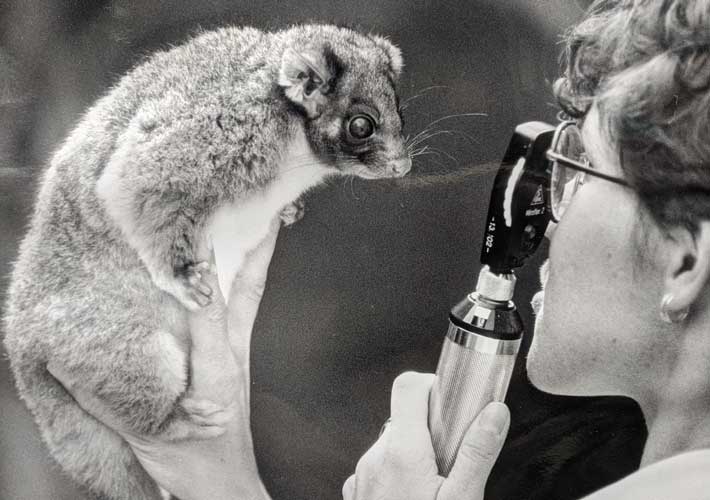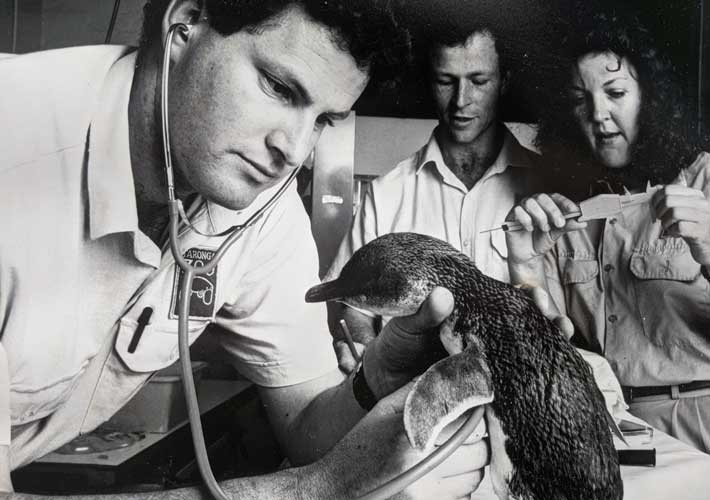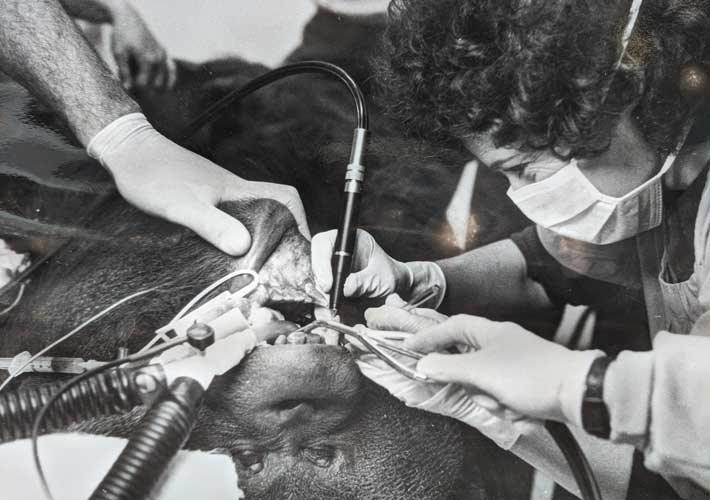The vision
Taronga’s specialist veterinary teams work under enormous pressure to respond to increasing demand for veterinary and wildlife care services. The pressure isn’t just on our teams, it’s also on our facilities. Built in the 1970’s, Taronga’s two current Wildlife Hospitals are now simply no longer fit for purpose.
To future-proof Australia’s wildlife, we must provide our wildlife first responders the hospitals and rehabilitation facilities that meet the ever-growing demand for Taronga’s services to save our unique wildlife.
Taronga's ambitious vision to bring to NSW Australia’s first state-of-the-art Specialist Teaching Veterinary Hospitals in Sydney and Dubbo will cement NSW as a global leader in wildlife conservation.
Modern facilities will not only provide urgently needed additional space for the increasing demand on Taronga’s services for treatment, surgeries, rehabilitation and quarantine, but will enable widespread training and upskilling of wildlife carers, students and veterinary practitioners across the country.
This project will only be possible with the help of generous philanthropists - We invite you to join us on this journey.
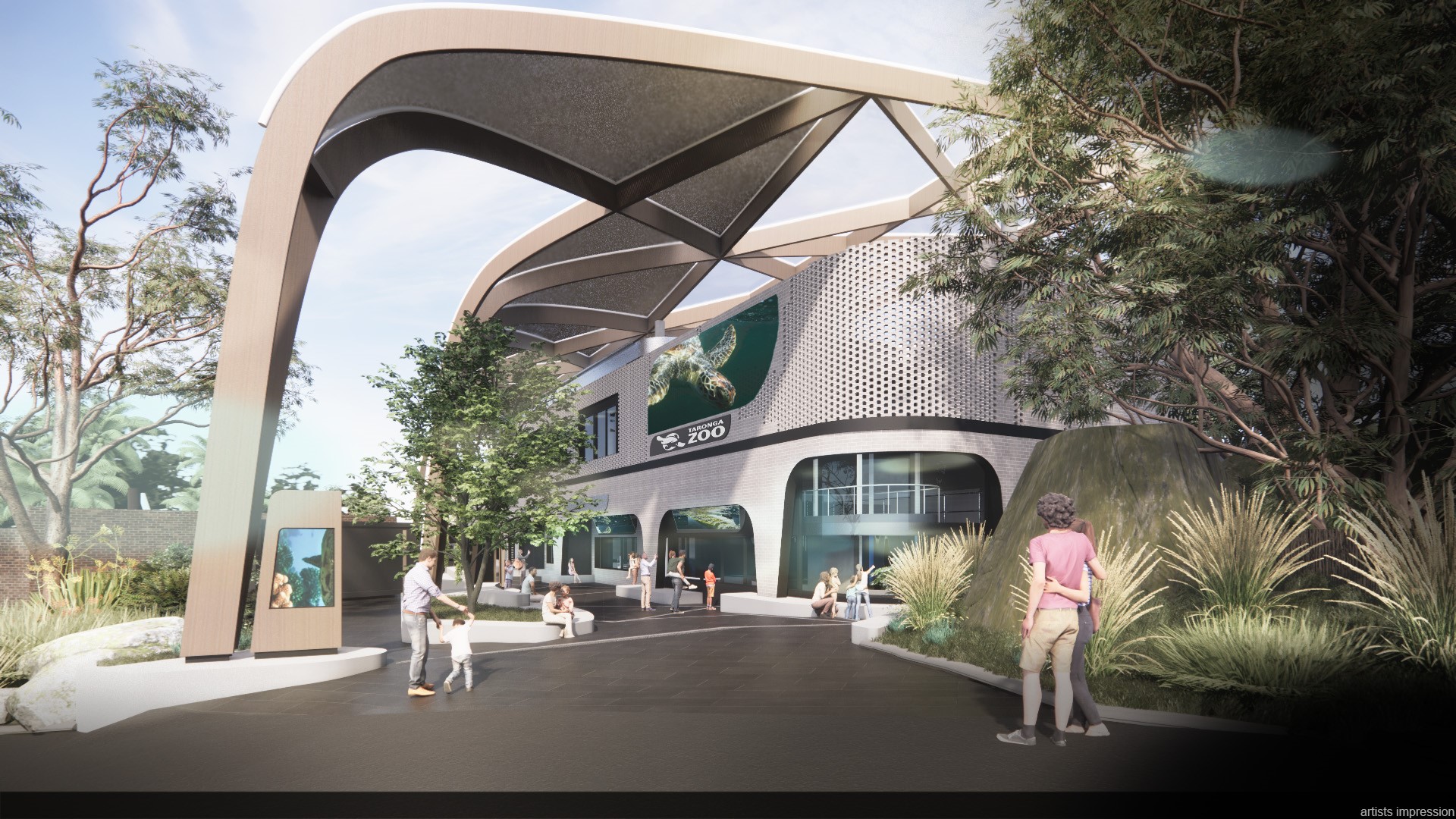
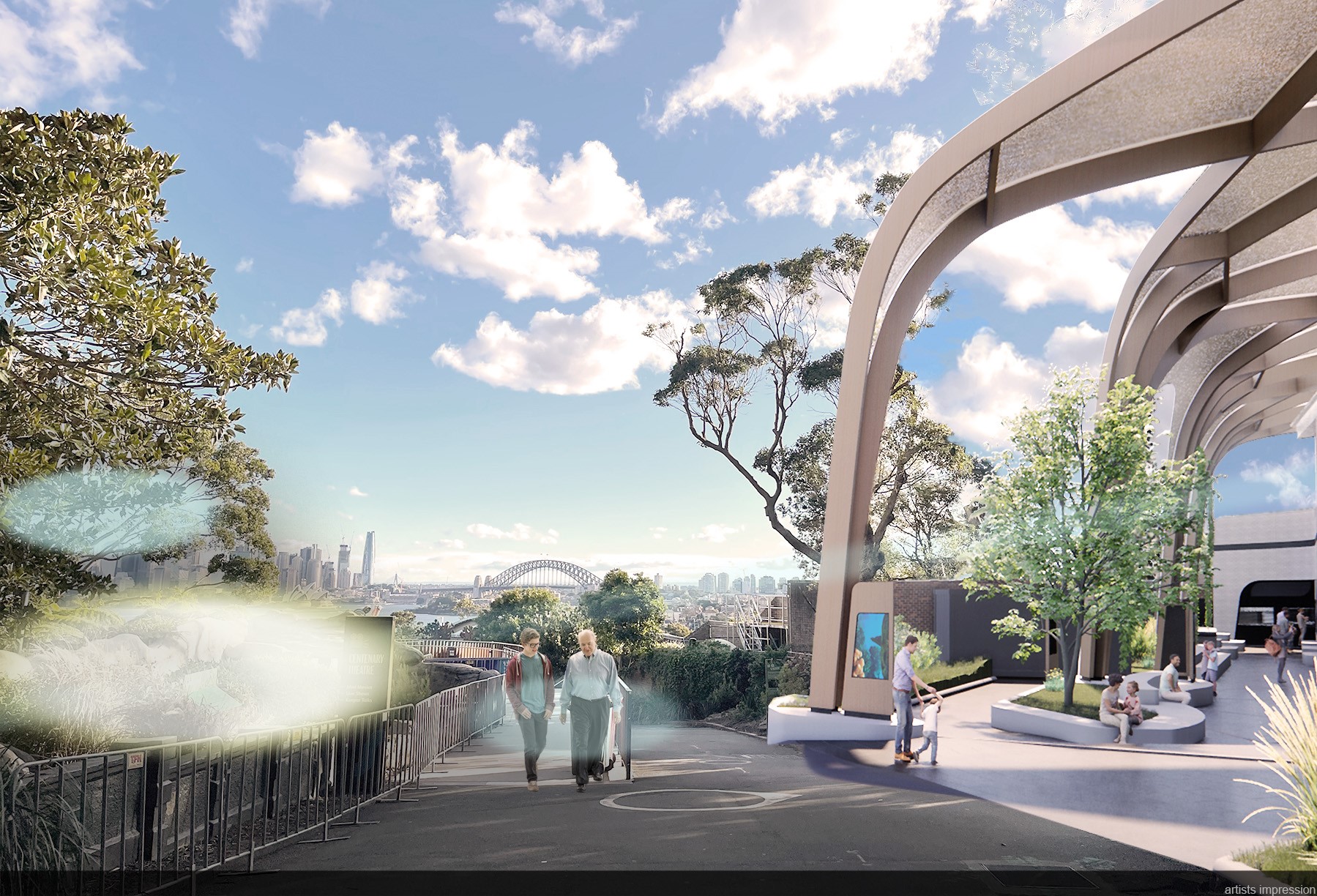
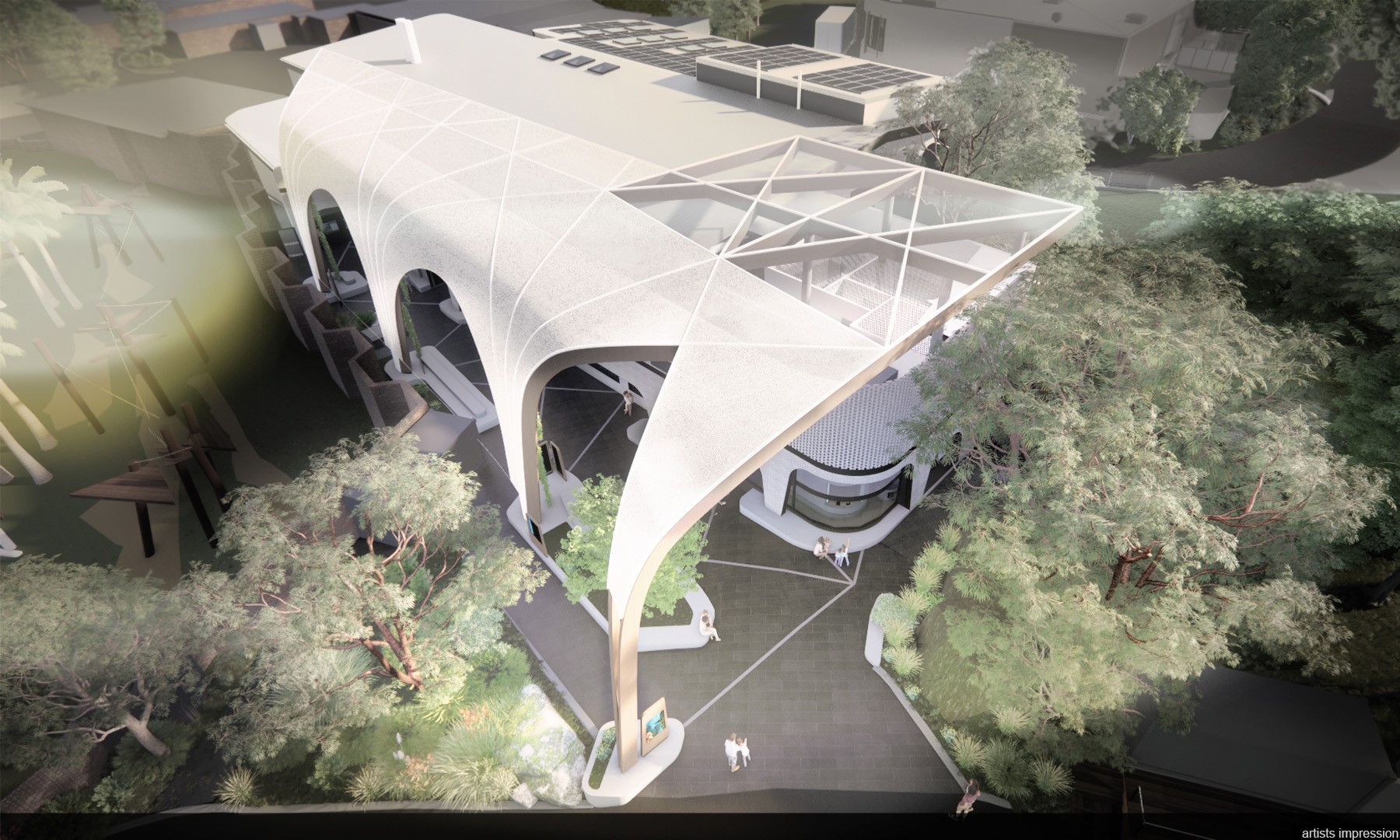
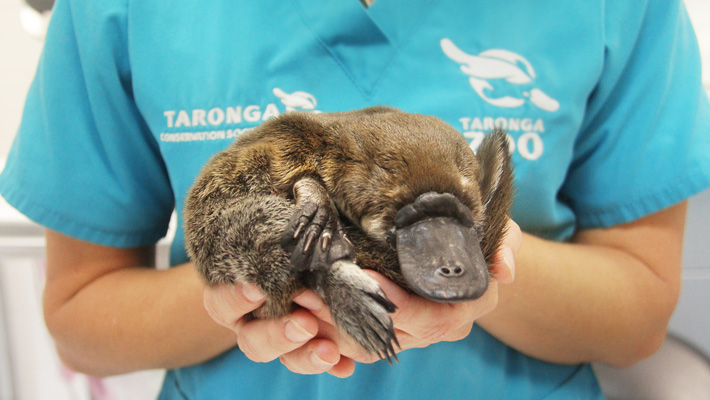
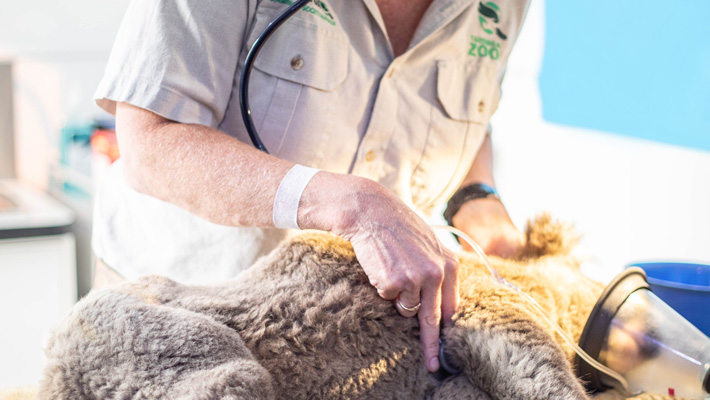
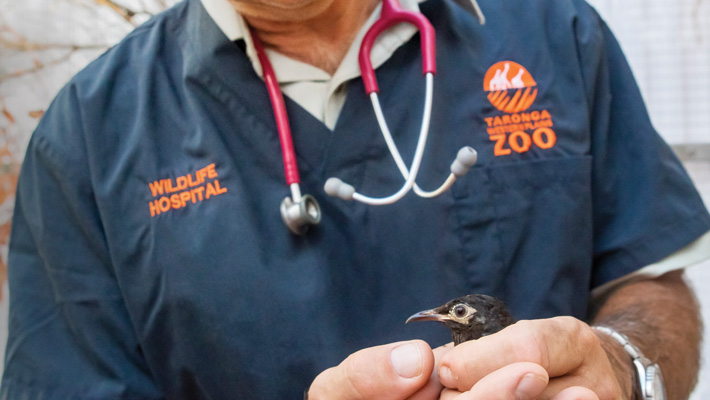
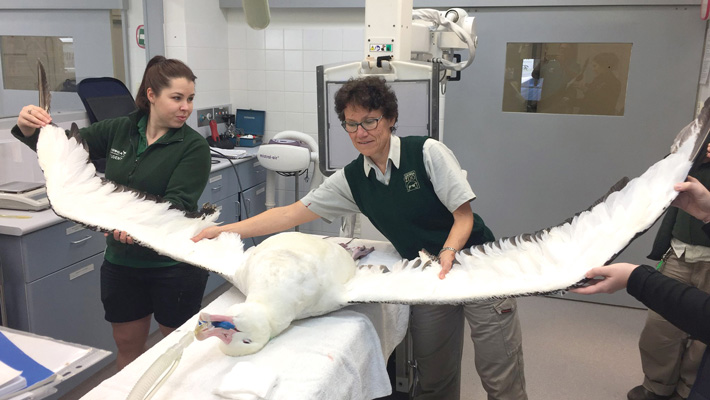
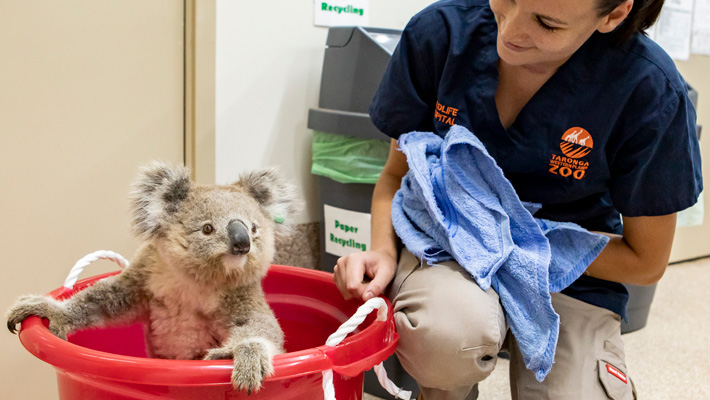
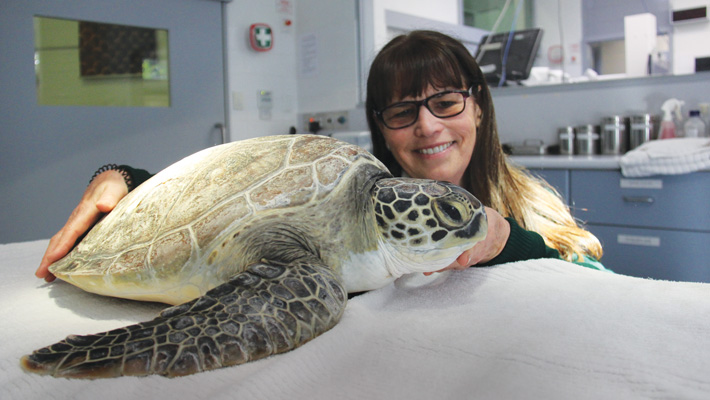
The project
Taronga’s Wild Futures Project is comprised of three new facilities: two state of the art Wildlife Hospitals (Sydney and Dubbo) and a Reptile & Amphibian Conservation Centre.
Taronga Wildlife Hospital, Sydney
Australia's first specialist wildlife veterinary teaching hospital.
Did you know Taronga is the largest contributor to veterinary services in wildlife rescue and rehabilitation in NSW and a major national training ground for veterinary staff specialising in native wildlife treatment?
The new facility will replace the existing veterinary, quarantine and animal nutrition facilities. The relocated and expanded hospital will not only provide modern facilities for wildlife care, nutrition and research but also significantly increase capacity for the treatment of resident animals in addition to expanding and improving capacity for the treatment and rehabilitation of wildlife species.
A central part of the design and purpose of the new hospital is the critical role it will play in education. The proposed new facilities will double the current teaching space and upskill future conservationists, students, veterinary practitioners, scientists and wildlife carers.
This new specialist hospital will also play a vital role in engaging the public in wildlife conservation by deeply engaging Taronga Zoo's visitors in previously ‘back of house’ activities including opportunities to view animal treatment, surgeries, and breeding centres.
The new Hospital will:
- Increase capacity for wildlife treatment, rehabilitation and improved wildlife first response times
- Increase space for training and educating 1,000s of veterinary professionals, volunteer wildlife carers and students
- Increase space for quarantine and care of confiscated wildlife
- Expand capacity for breeding endangered birds and mammals for release to the wild
Design Intricacies of a Turtle treatment and rehab
Creating the most effective treatment hub for the growing number of marine turtles needing lifesaving care at Taronga is a complex undertaking.
Landing on the final configurations for the recovery of sick and injured turtles required our experts to call on input from interstate and internationally to ensure our facilities will best support the rehabilitation and recovery of endangered turtles. These learnings have lead to the optimal dimensions for the spatial environment of tanks to best support the recovery of endangered turtles.
One size doesn’t fit all. When treating turtles in varying health conditions, weighing anywhere from 100 grams to 500kg, designing for flexibility is key.
The marine facility will comprise of a series tanks of varying sizes. A specially designed primary tank, the largest of the tanks, will be used to conduct initial health assessments of newly admitted turtles. The veterinary team will be able to investigate a turtle’s diving and swimming capabilities, any injuries to flippers and the severity of injuries. At the other end of the treatment plan, the same pool will serve as a pre-release fitness tank, where space and depth are necessary for the turtles to build up their chest muscles and diving skills ready for their return back to the wild.
A mezzanine level will be incorporated into the build for safe handling and access to the animals, and for the vets to work safely at a height. Hoists will improve the safety of moving turtles and considerations of transporting turtles, at times weighing up to 500kg, on potentially slippery surfaces are key.
Taronga Western Plains Wildlife Hospital, Dubbo
A regional hub for the treatment of Koalas, Platypus and arid birds like raptors. There is a desperate need for a rehabilitation flight tunnel facility to prepare birds for release.
High numbers of distressed and malnourished animals were treated during the summer of 2019/20, suffering from the impact of drought, including record numbers of Koalas.
The new Hospital will:
Increase capacity for wildlife treatment, rehabilitation and improved wildlife first response times
Expand capacity for breeding endangered birds and mammals for release to the wild
House specialised facilities for endangered arid birds, like raptors and other birds of prey
House scientific labs and a CryoDiversity Bank holding trillions of frozen cells from coral and endangered fauna, aiding reproductive biology and research
Amphibian & Reptile Conservation Centre
Bolstering reptile and amphibian species from the brink of extinction.
Taronga is a leader in reptile and amphibian conservation in Australia. We have brought back seven reptile and amphibian species from the brink of extinction.
The development of the new centre will allow Taronga to continue to lead the recovery of species that would otherwise be lost to future generations. It will provide critical breeding space to support zoo-based conservation programs to ensure important species, such as Corroboree Frogs, are protected for decades to come.
The proposed centre will provide a new modern experience for guests to engage with reptiles and amphibians which will be designed with the latest best-practice standards for animal care and welfare. It will be an educational and multi-layered experience for guests that showcases the beauty and diversity of some of the most misunderstood and most imperilled creatures on the planet under threat, from climate change, disease and habitat modification.
The outcomes
By bringing together outcomes across five specialist pillars of impact, our expert team will remain a world-leader in wildlife care and veterinary services:
1. Rescue, Rehabilitation & Conservation
Some of Australia's most experienced wildlife veterinarians, veterinary nurses, pathologists and animal nutritionists bring expertise to Taronga's rescue, rehabilitation and conservation efforts.
Taronga' Wildlife Hospitals will provide greater contribution to critical conservation breeding programs for endangered species including Regent Honeyeaters, Corroboree Frogs, Bellinger River Snapping Turtles and the Greater Bilby.
New facilities will also improve the success rates of rehabilitation and release for priority species like Marine Turtles and Koalas.
2. Specialist Veterinary Teaching Hospitals
Education is integral to the role of Taronga's Wildlife Hospitals. Investing in people is a vital piece of the solution to the challenges facing wildlife.
The proposed new facilities will double the current teaching space and upskill future conservationists. A vision to share Taronga's expertise in wildlife treatment and veterinary care has led to the establishment of the following education programs for the benefit of students, veterinary practitioners and the general public of Australia.
3. Wildlife Disease Management & Research
Taronga operates the only dedicated in-house Wildlife Hospital laboratory in Australasia. This unique service with its dedicated laboratory staff means blood and faecal samples from sick animals can be immediately assessed while the animal is still under anaesthetic during initial veterinary examination.
Improving efficiencies saves lives. This quick turnaround for diagnosis places less stress on a potentially already traumatised animal. This is even more important when working with endangered species.
New facilities will provide greater space for vital research and equipment for sophisticated diagnostic techniques that support healthcare of recovery program species - particularly those planned for release to the wild. It will also increase capacity to respond to disease outbreaks and provide education and training for wildlife carers and veterinarians, who are often on the frontline of emerging infectious disease outbreaks.
4. Australian Biosecurity, Quarantine & Illegal Wildlife Trade
The illegal wildlife trade is worth over $20 billion - the 4th largest illegal trade, behind counterfeit goods, drugs and human trafficking. Taronga's Wildlife Hospitals work closesly with Autralian Border Force to care for seized animals while prosecutions take place. Taronga's experts are called upon by courts to provide witness statements concerning animal welfare and species identification.
New and expanded quarantine facilities will include important biosecurity upgrades and cater for the growing demand of rehabilitation and rehousing trafficked animals captured and confiscated through Australian Border Force and Wildlife Rescue Centres.
5. Nutrition Centres
Taronga's Wildlife Nutrition Centres will undergo significant expansion to cater to increased demand for services such as education, food preparation and consulting to wildlife groups and government.
Both Wildlife Hospitals will include improved and expanded facilities for nutrition services, an area Taronga is leading in the region.
The Wildlife Nutrition Centre will also cater to the welfare of Taronga's 5,000+ Zoo animals through top quality nutritional care.
A Historical Look
Taronga’s current Wildlife Hospitals were built in the 1970’s and admit 1,500 sick, injured or displaced animals each year including over 220 reptiles confiscated from the illegal wildlife trade. Taronga is proud to bring together a world-class multidisciplinary team delivering veterinary, pathology, conservation biology, animal behaviour, breeding and nutrition expertise.
